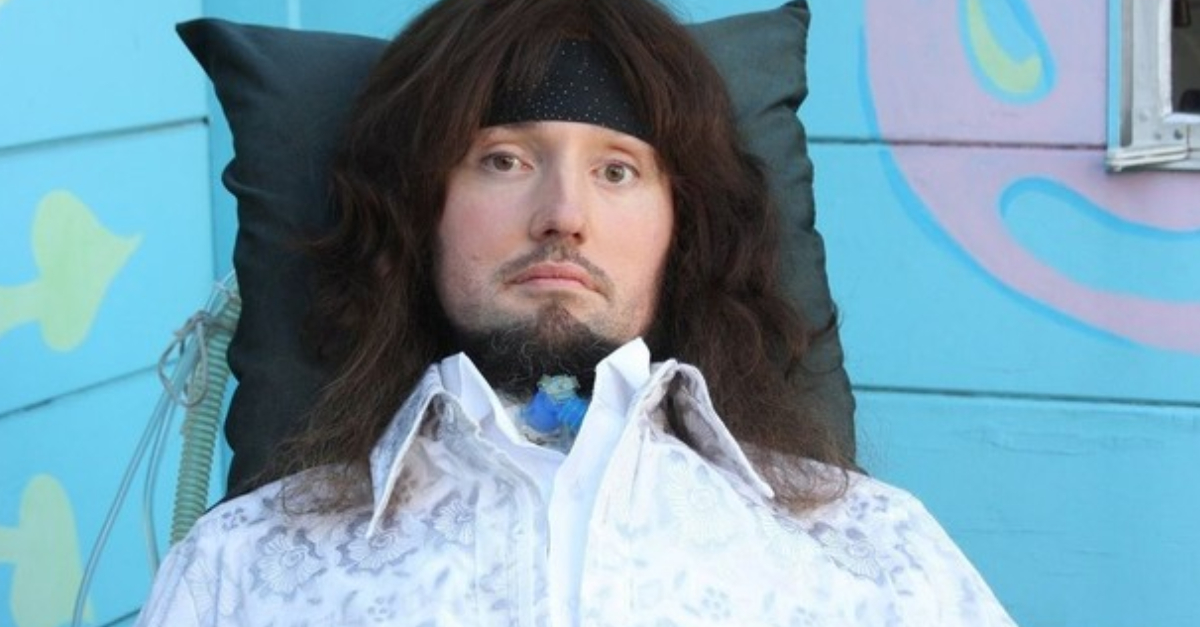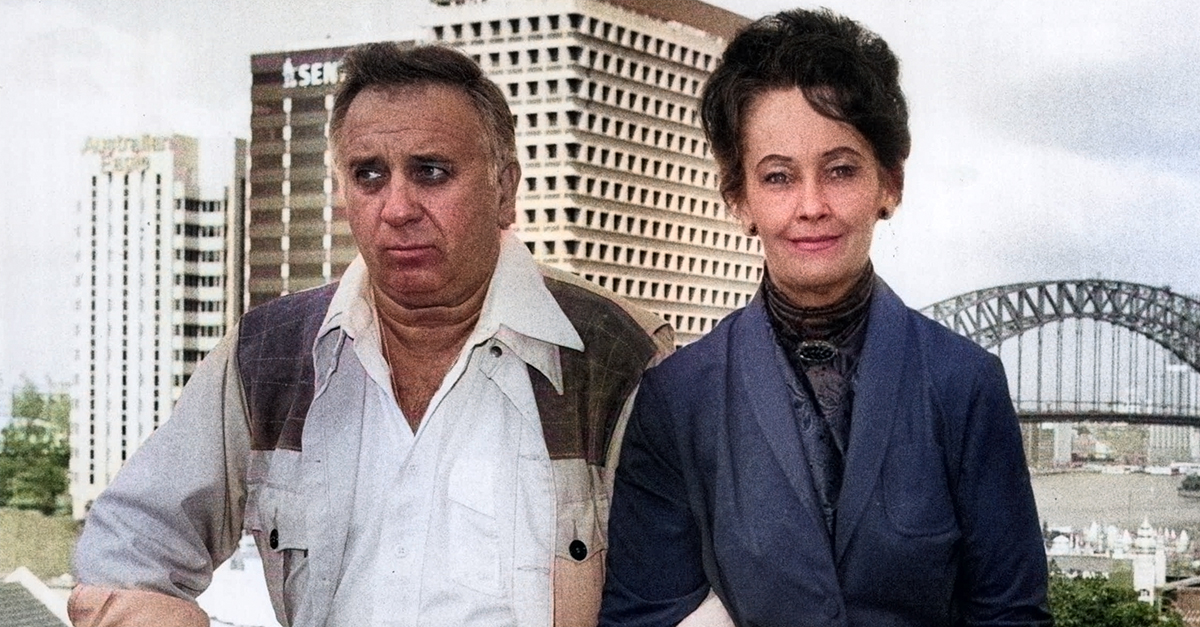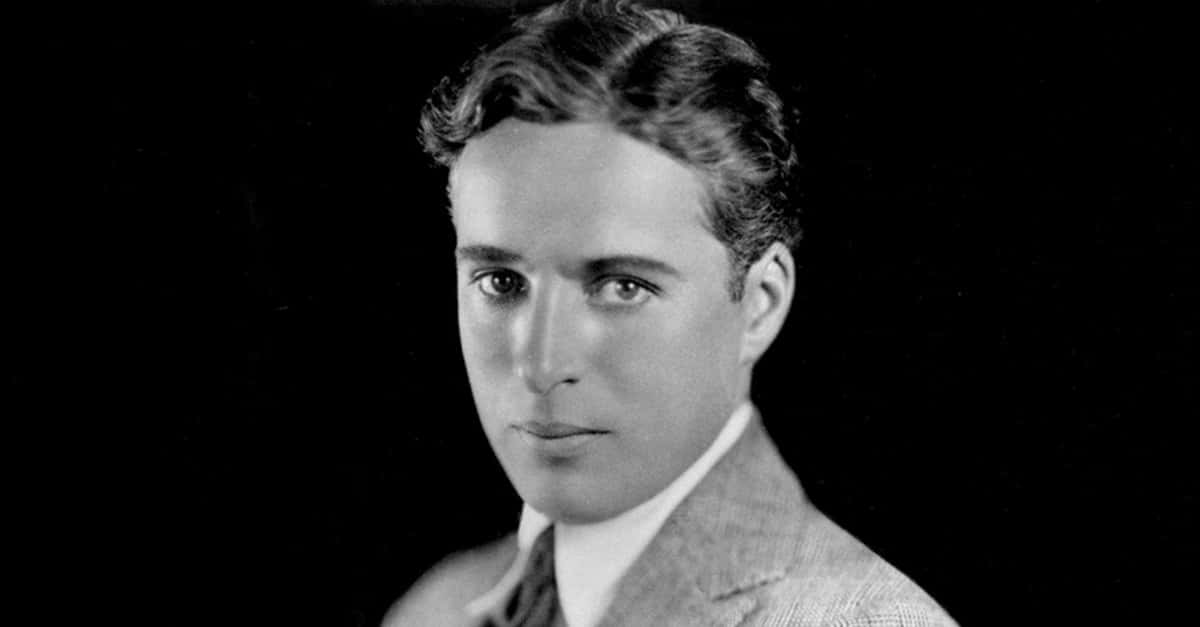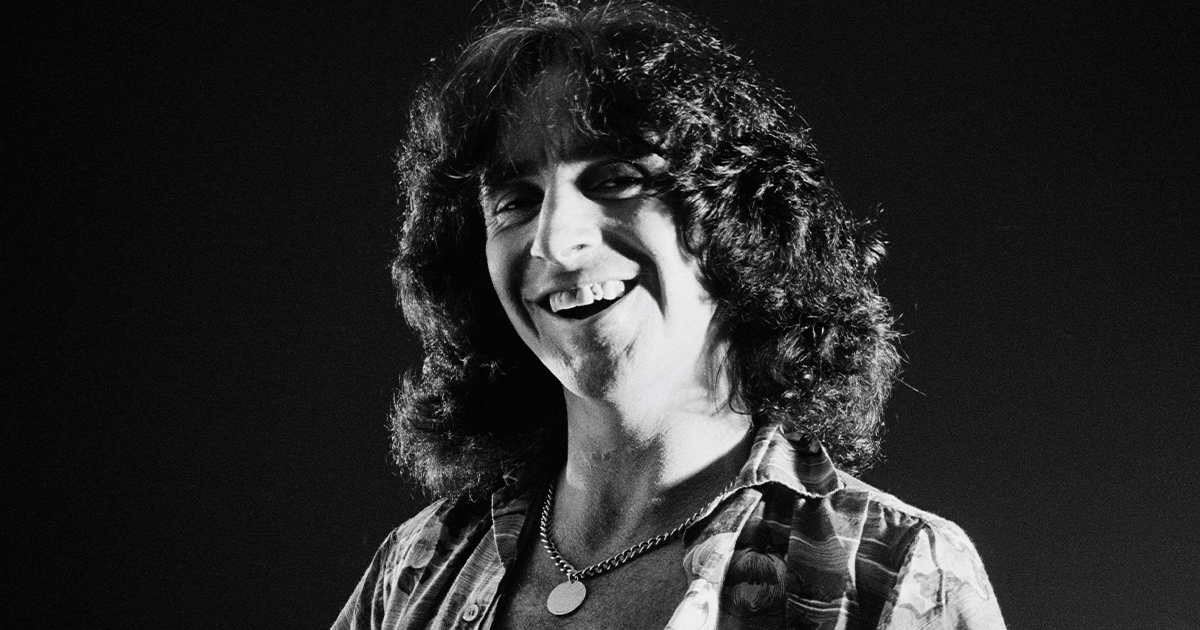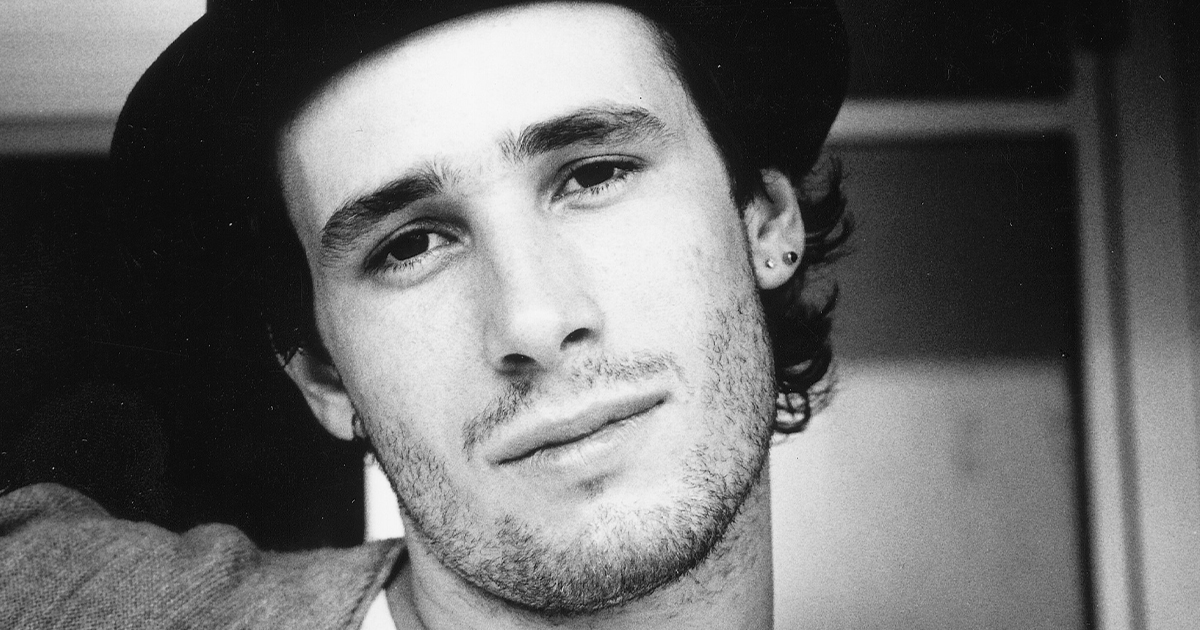When Cool Crumbles
Some TV crushes didn’t age well. Back then, they seemed mysterious or charming. Now, rewatching their stories feels awkward, even unsettling. It’s strange how easily audiences overlooked red flags once disguised as romance or confidence.

Chuck Bass: Gossip Girl
The pilot episode of Gossip Girl contained scenes so disturbing that even devoted fans now struggle to reconcile them with Chuck Bass's later redemption arc. He attempted to harm both Serena van der Woodsen and fourteen-year-old Jenny Humphrey in the series premiere.
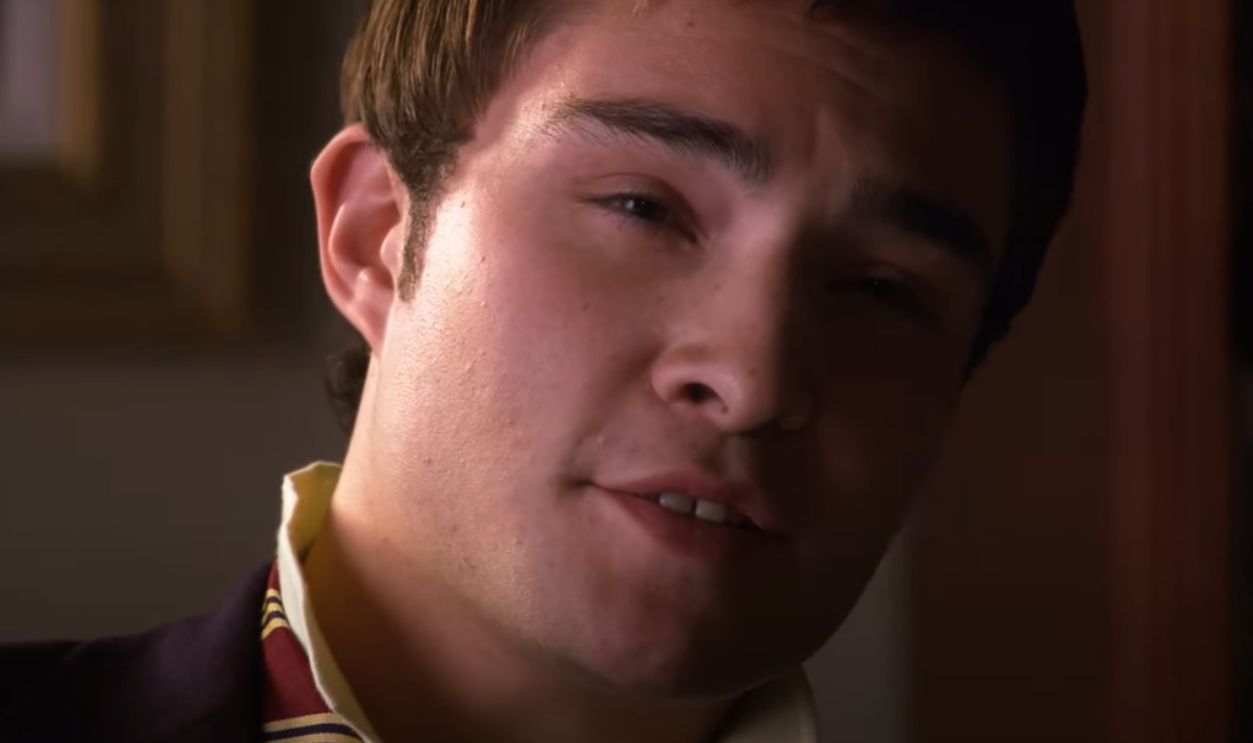 The CW Network, Gossip Girl (2007–2012)
The CW Network, Gossip Girl (2007–2012)
Chuck Bass (Cont.)
These actions should have immediately established him as irredeemable. Yet the show's writers gradually turned this predator into a tortured romantic lead opposite Blair Waldorf, a narrative choice that feels increasingly problematic with each passing year. His character continued making morally bankrupt decisions.
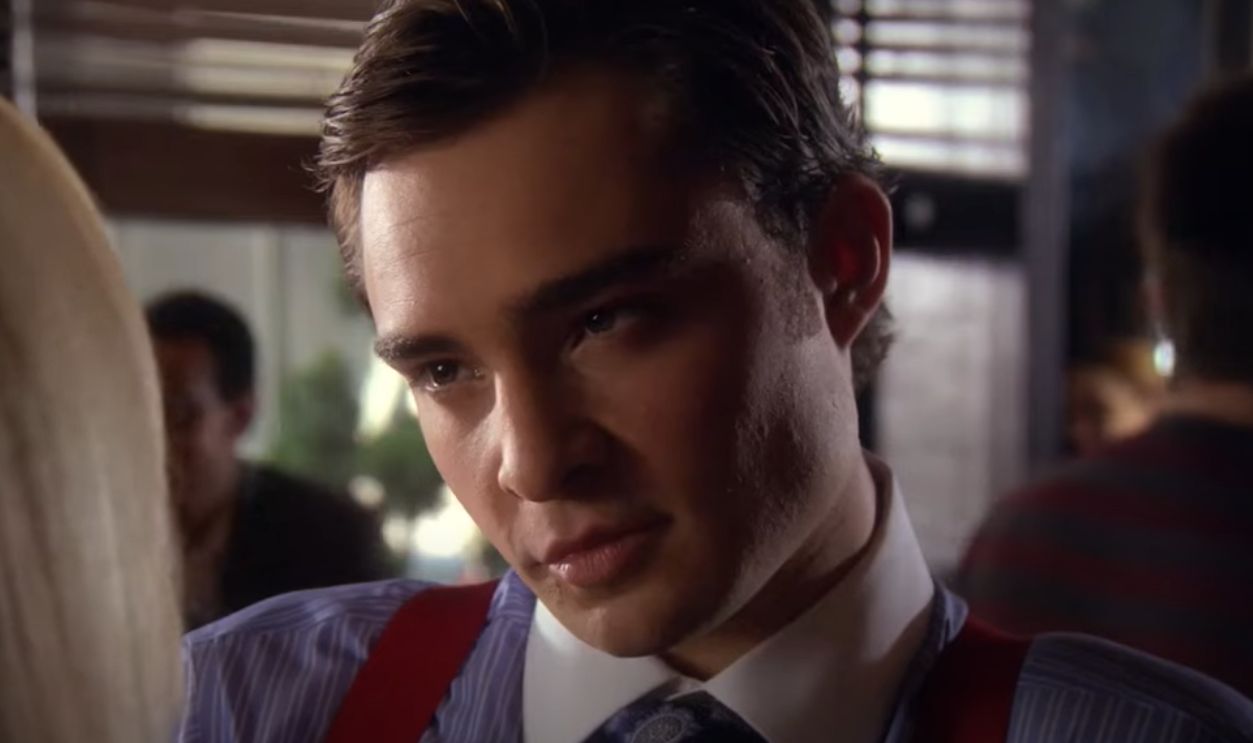 The CW Network, Gossip Girl (2007–2012)
The CW Network, Gossip Girl (2007–2012)
Barney Stinson: How I Met Your Mother
"The Playbook" wasn't just a running gag; it was a literal manual of deception tactics designed to manipulate women into bed, complete with elaborate schemes like "The Scuba Diver" and “The Lorenzo Von Matterhorn”. His treatment of women ranged from merely dishonest to genuinely disturbing.
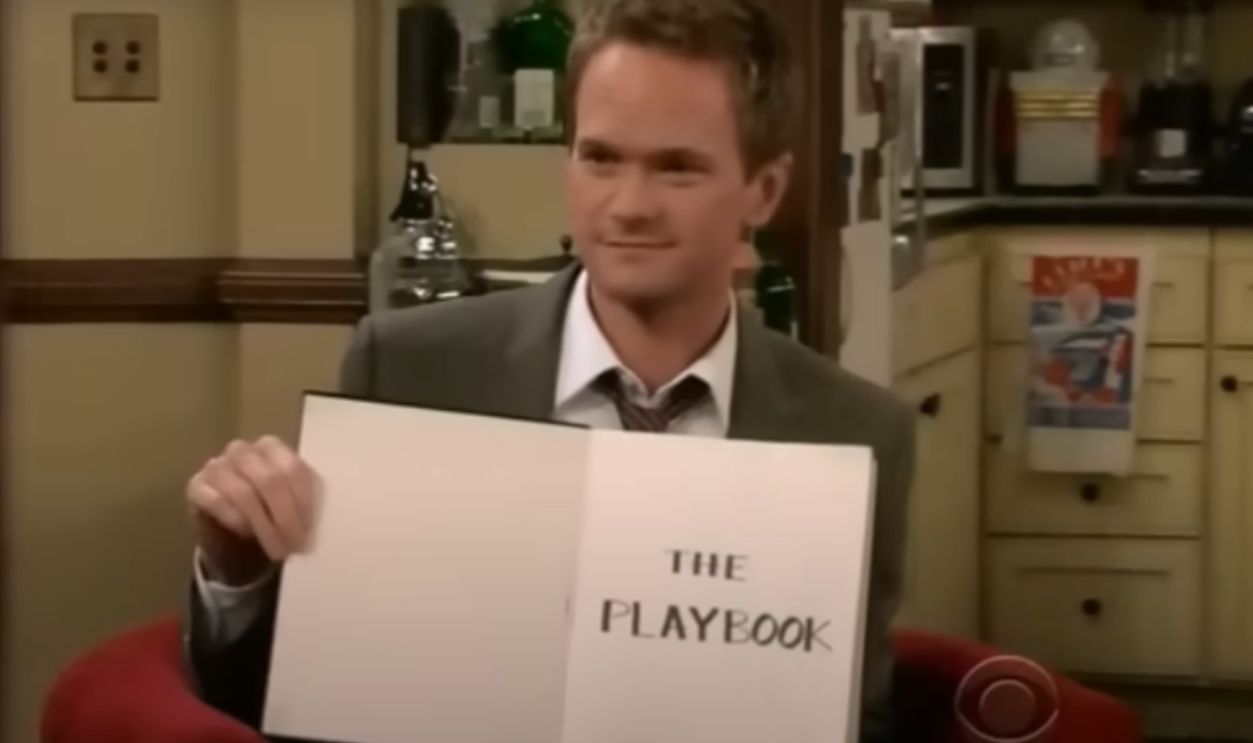 CBS, How I Met Your Mother (2005–2014)
CBS, How I Met Your Mother (2005–2014)
Barney Stinson (Cont.)
The character's womanizing created an unintended layer of irony given Harris's real-life identity as an openly gay man, adding a strange metatextual dimension to television's most notorious straight philanderer. Beyond romantic conquests, Barney regularly manipulated his closest friends—lying to Ted and dismissing Marshall's feelings.
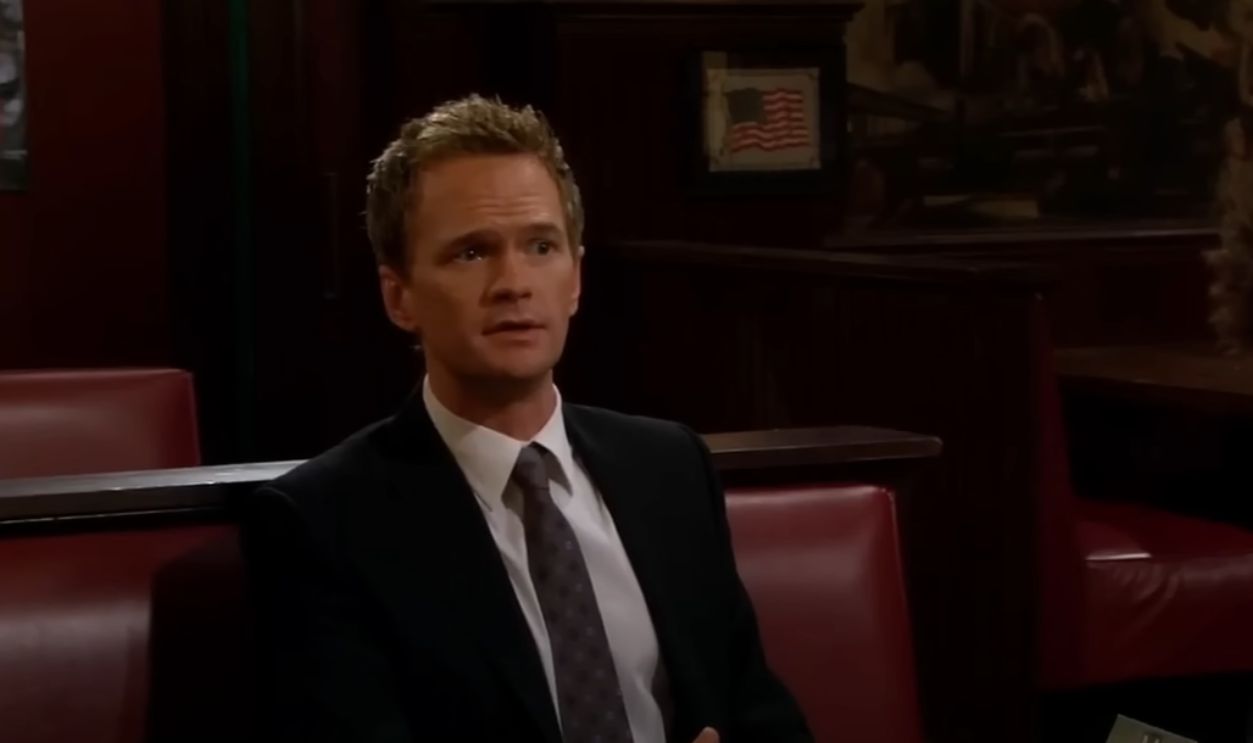 CBS, How I Met Your Mother (2005–2014)
CBS, How I Met Your Mother (2005–2014)
Jess Mariano: Gilmore Girls
Milo Ventimiglia's brooding portrayal made Jess Mariano the bad boy every bookish girl thought they could fix. Still, rewatching reveals a pattern of emotional unavailability and self-sabotage that literary references couldn't redeem. His connection with Rory Gilmore over Howells and Hemingway felt refreshingly intellectual.
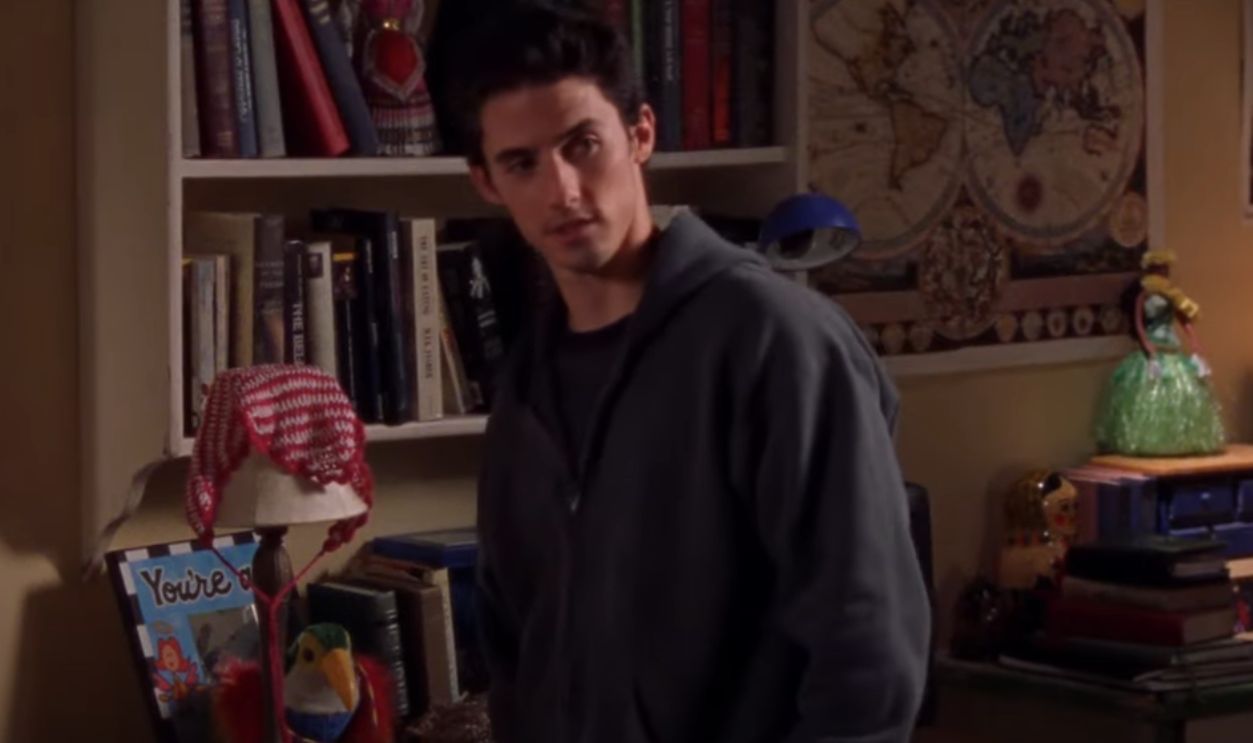 Warner Bros. Television, Gilmore Girls (2000–2007)
Warner Bros. Television, Gilmore Girls (2000–2007)
Jess Mariano (Cont.)
However, Jess consistently demonstrated an inability to communicate his feelings, preferring enigmatic silence and sudden disappearances over honest conversation. He abandoned Rory without explanation when he left for California, returned only to proposition her while she was dating Logan, and showed a fundamental disrespect for her boundaries.
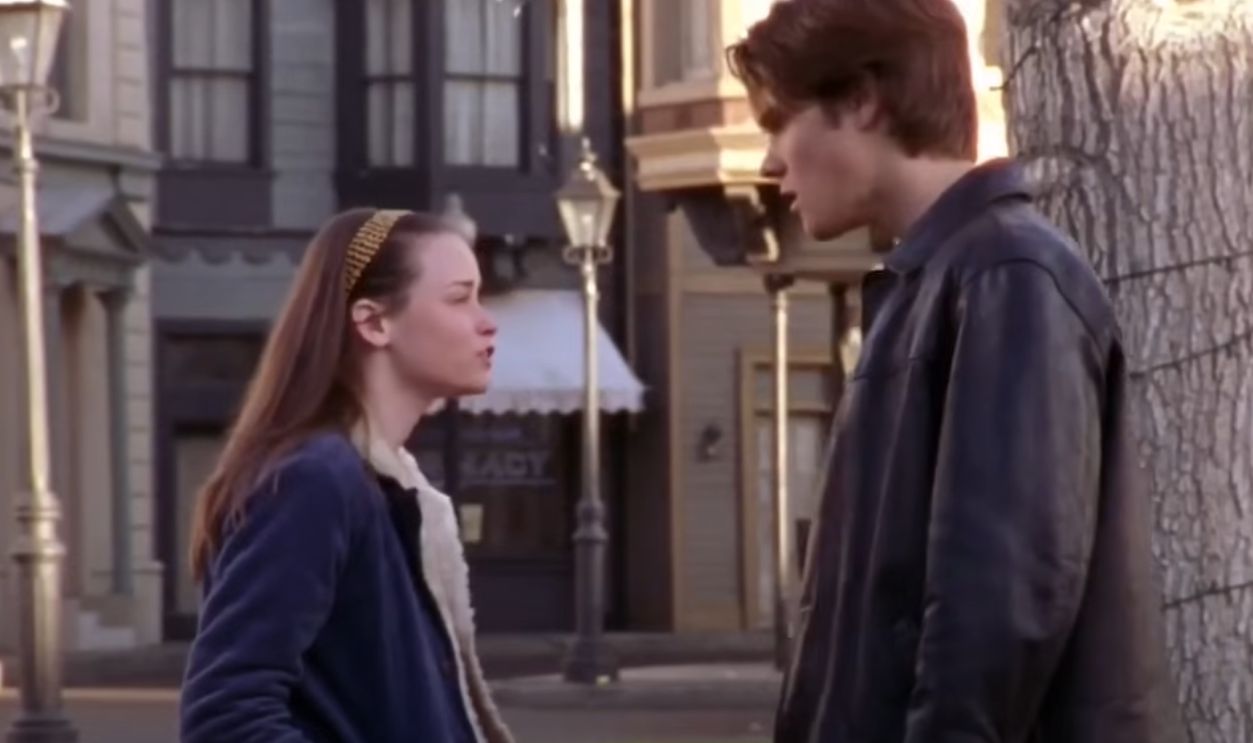 Warner Bros. Television, Gilmore Girls (2000–2007)
Warner Bros. Television, Gilmore Girls (2000–2007)
Ryan Atwood: The OC
Ben McKenzie's perpetually furrowed brow and signature white tank top became the visual shorthand for troubled-teen cool when The OC premiered in 2003, but Ryan Atwood's violent tendencies were romanticized rather than properly addressed. The show introduced him as a juvenile delinquent from Chino's wrong side of the tracks.
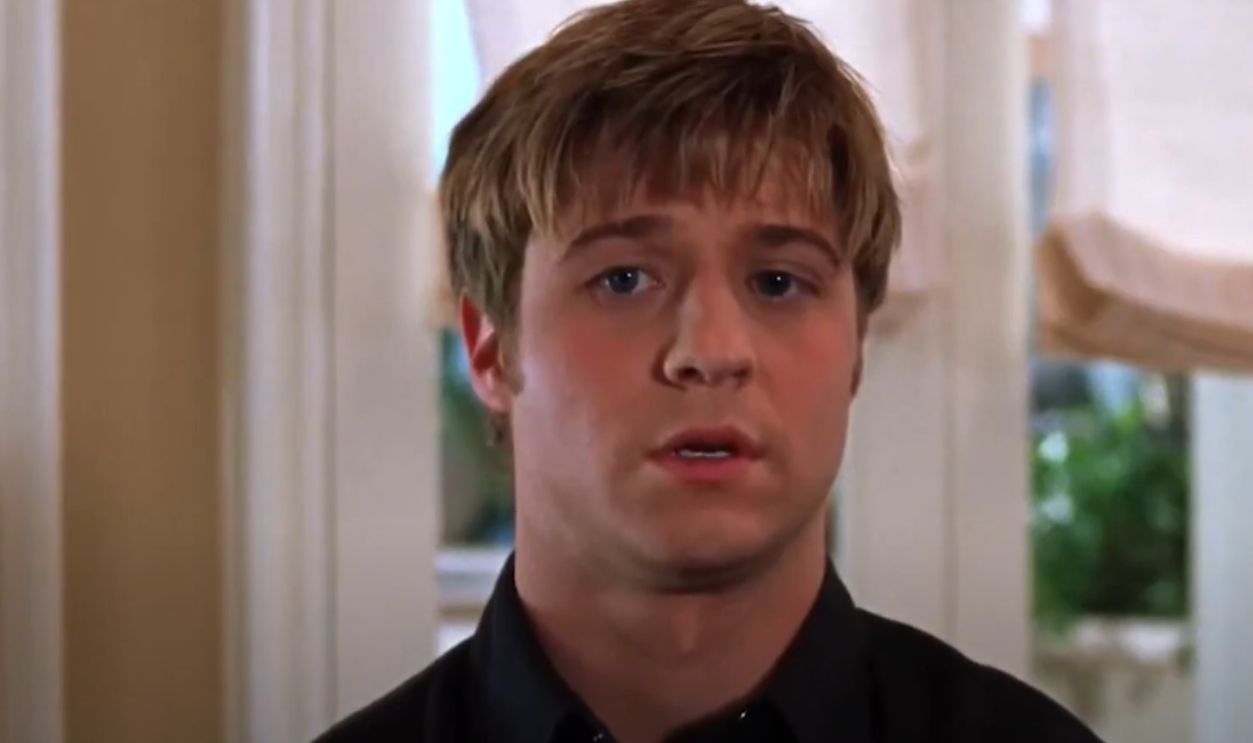 Fox Broadcasting Company, The O.C. (2003–2007)
Fox Broadcasting Company, The O.C. (2003–2007)
Ryan Atwood (Cont.)
While the Cohen family's adoption storyline positioned him as a diamond in the rough, his anger management issues persisted throughout all four seasons. Ryan solved conflicts with his fists so regularly that it became a running joke among fans. He punched his way through Newport Beach social events.
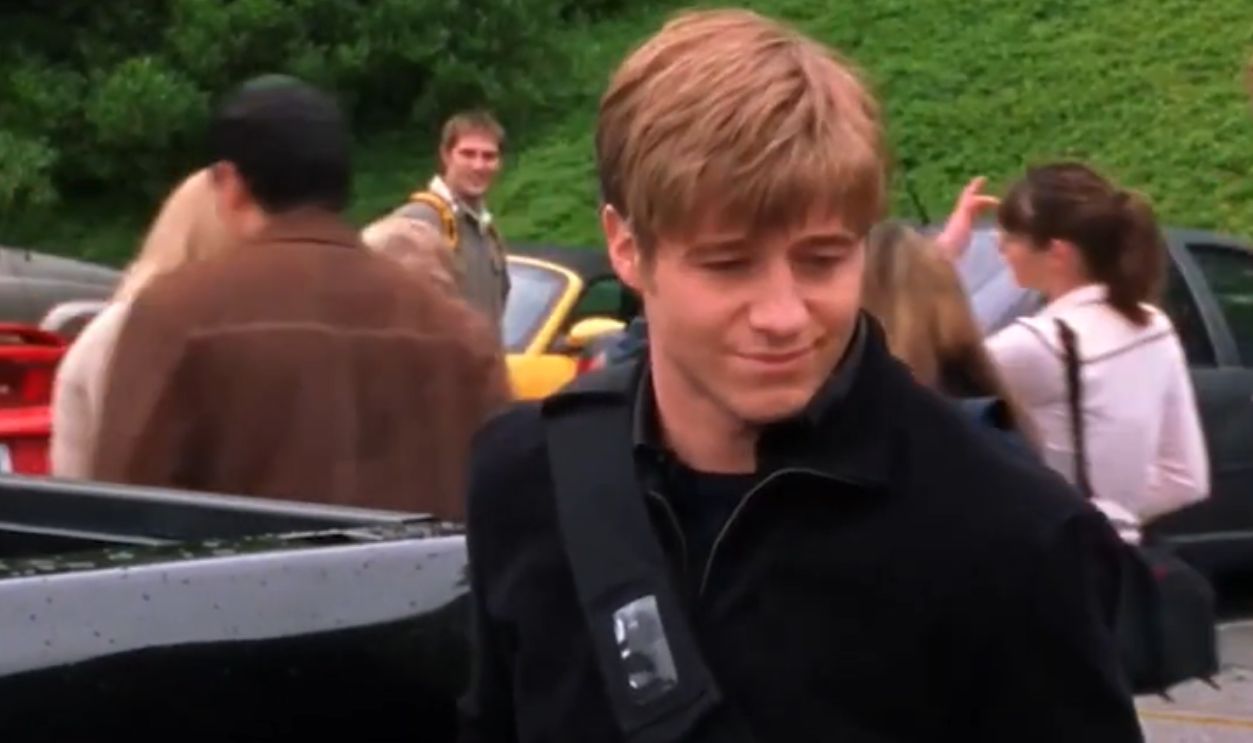 Fox Broadcasting Company, The O.C. (2003–2007)
Fox Broadcasting Company, The O.C. (2003–2007)
Nate Archibald: Gossip Girl
This guy’s defining characteristic became his complete lack of defining characteristics. He drifted from relationship to relationship without apparent preference or passion, cheating on Blair with Serena, then bouncing between Vanessa, Juliet, Raina, and eventually Diana Payne.
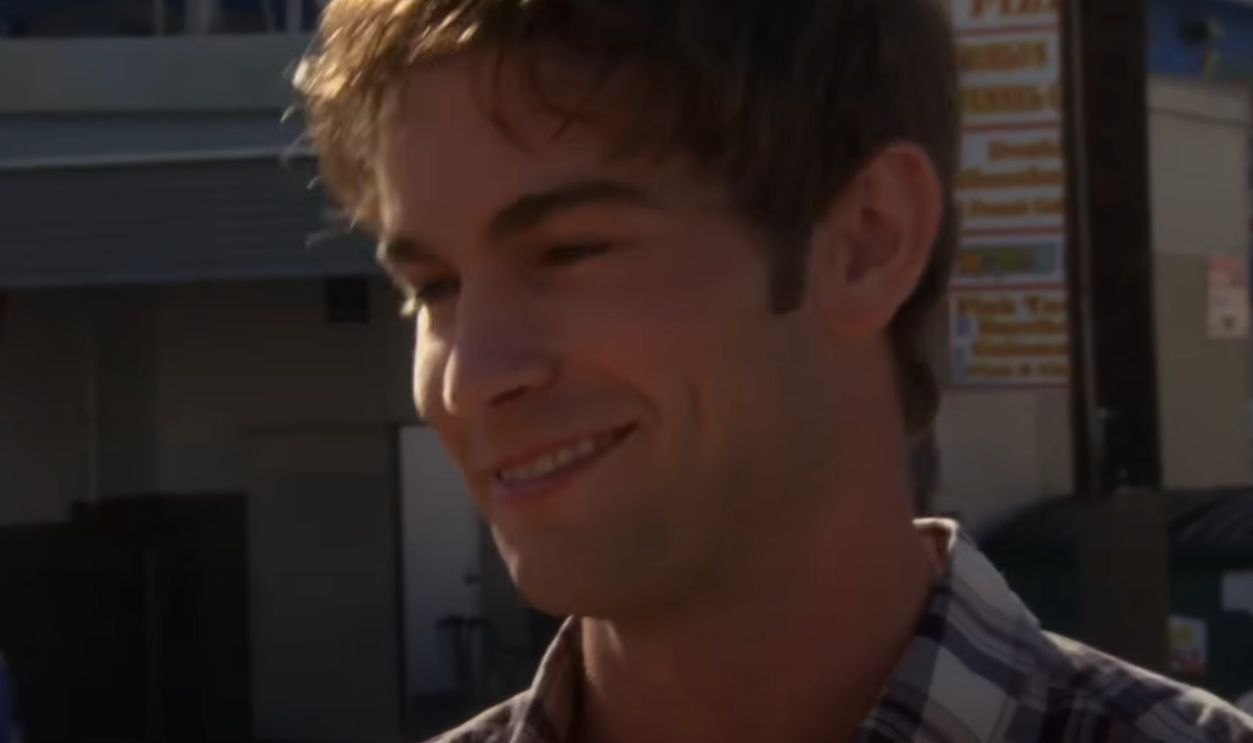 The CW Network, Gossip Girl (2007–2012)
The CW Network, Gossip Girl (2007–2012)
Nate Archibald (Cont.)
His brief tenure as a newspaper publisher felt particularly absurd, a transparent attempt to give him purpose that resulted in some of the series' most forgettable plotlines. While Chuck, Blair, and Serena underwent complex character arcs—however problematic—Nate simply existed, pretty and peripheral, making all the wrong choices.
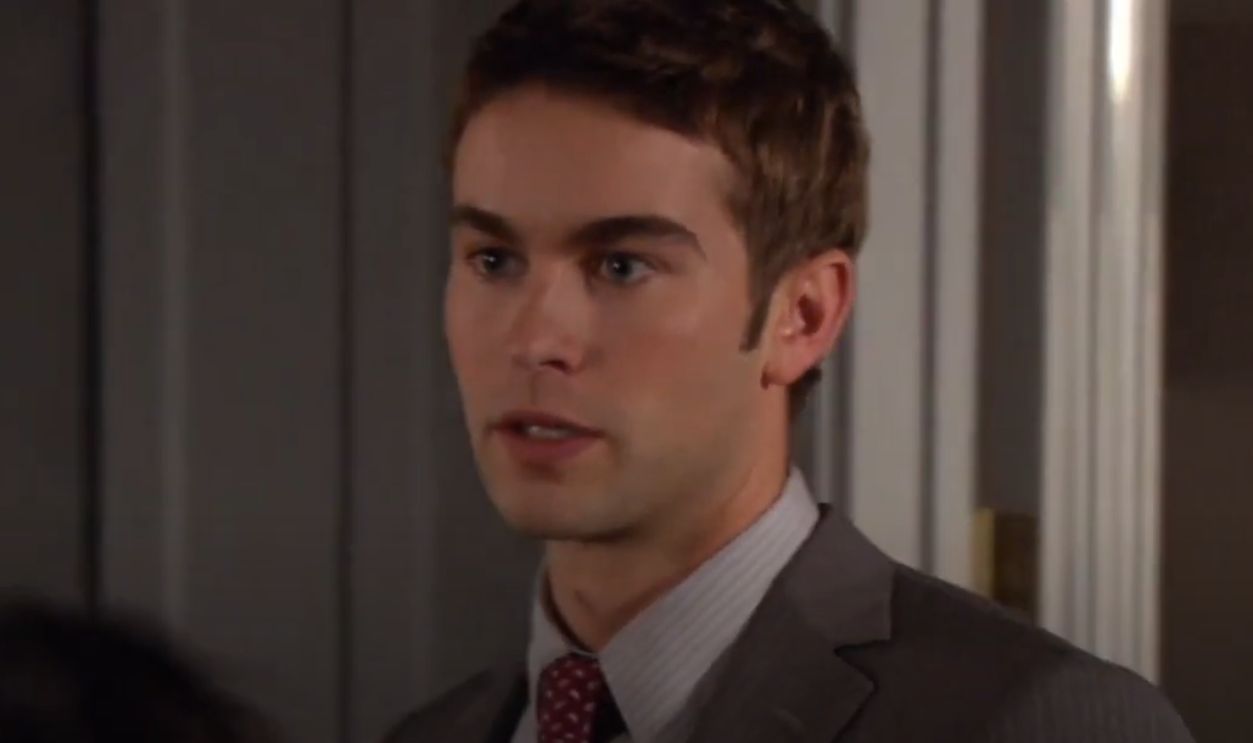 The CW Network, Gossip Girl (2007–2012)
The CW Network, Gossip Girl (2007–2012)
Jordan Catalano: My So-Called Life
That breakout performance as Jordan Catalano captured the painful reality that sometimes the mysterious boy leaning against lockers is just emotionally unavailable rather than romantically complex. Angela Chase's obsessive internal monologues about Jordan gave him depth and meaning he never actually possessed.
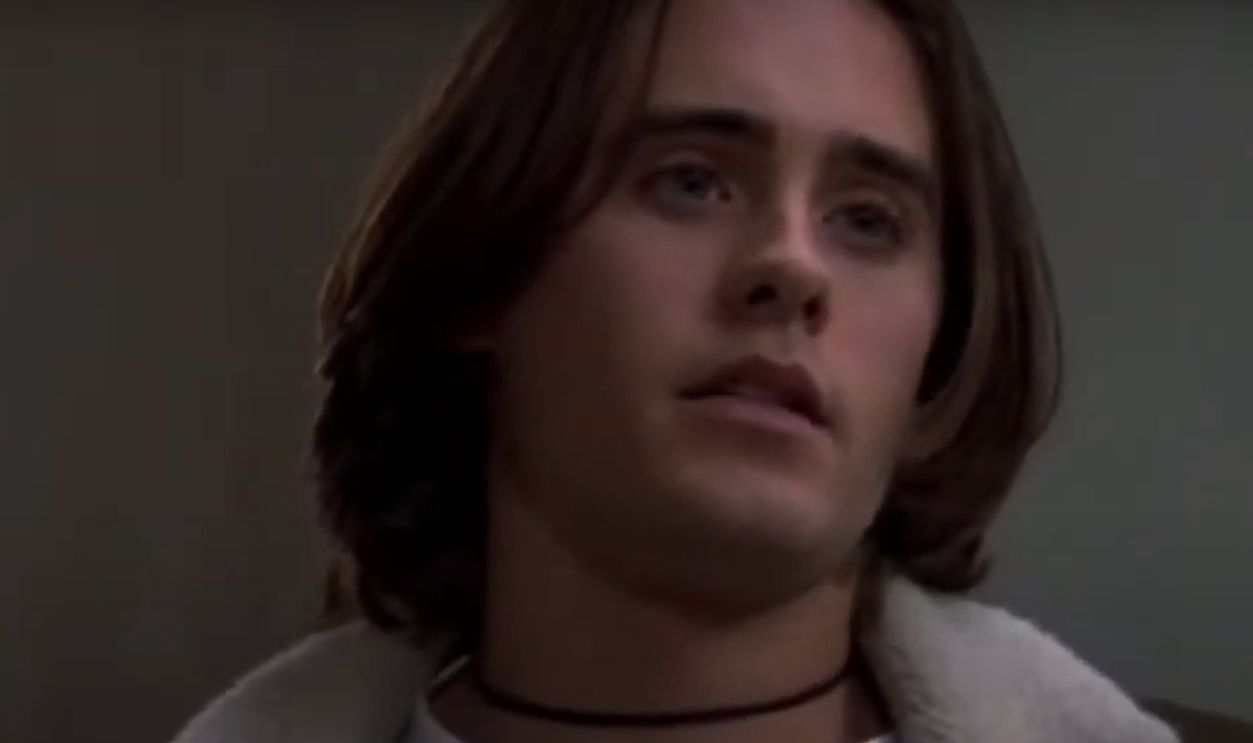 ABC, My So-Called Life (1994–1995)
ABC, My So-Called Life (1994–1995)
Jordan Catalano (Cont.)
He couldn't read well, which the show handled with surprising nuance regarding learning disabilities, but his educational struggles didn't excuse his consistent disregard for Angela's feelings. Jordan only acknowledged their relationship in private, refusing to be seen with her publicly in the hallways of Liberty High School.
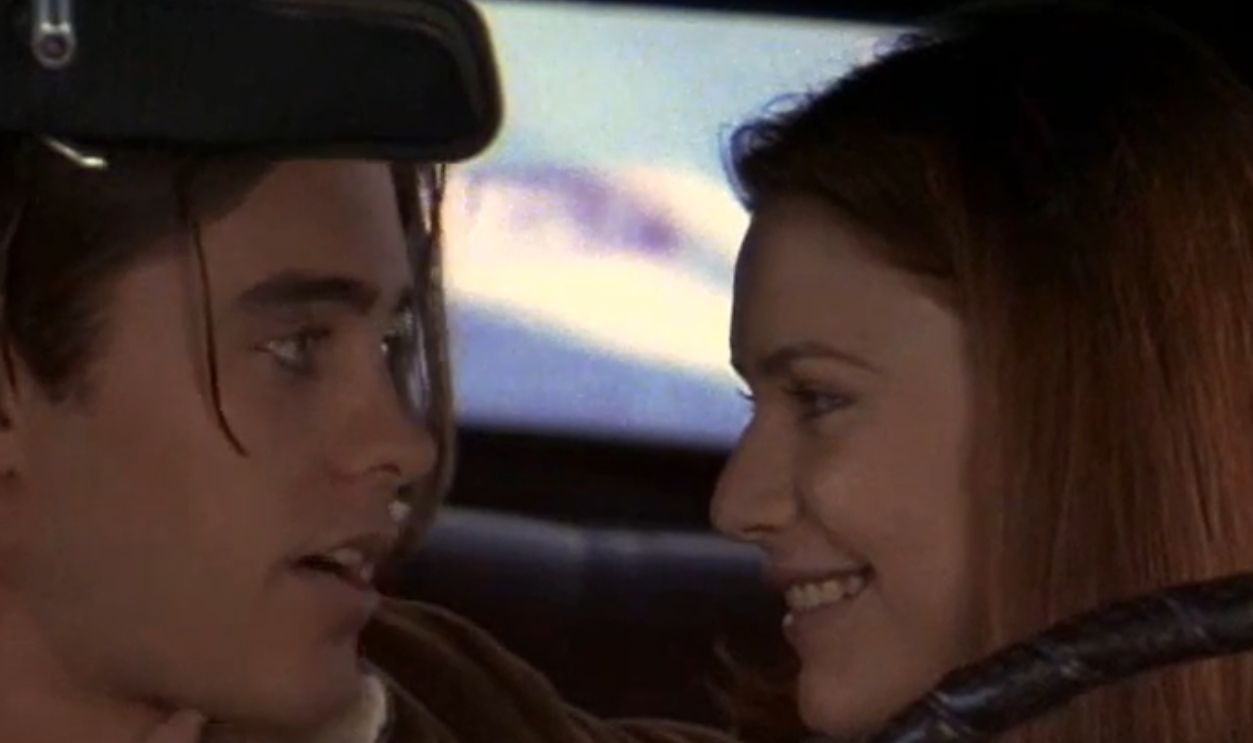 ABC, My So-Called Life (1994–1995)
ABC, My So-Called Life (1994–1995)
J D: Scrubs
The show's innovative use of fantasy sequences gave audiences direct access to JD's internal world, crafting empathy for a character whose external actions often ranged from inconsiderate to genuinely cruel. He strung along multiple women emotionally, most notably Elliot Reid.
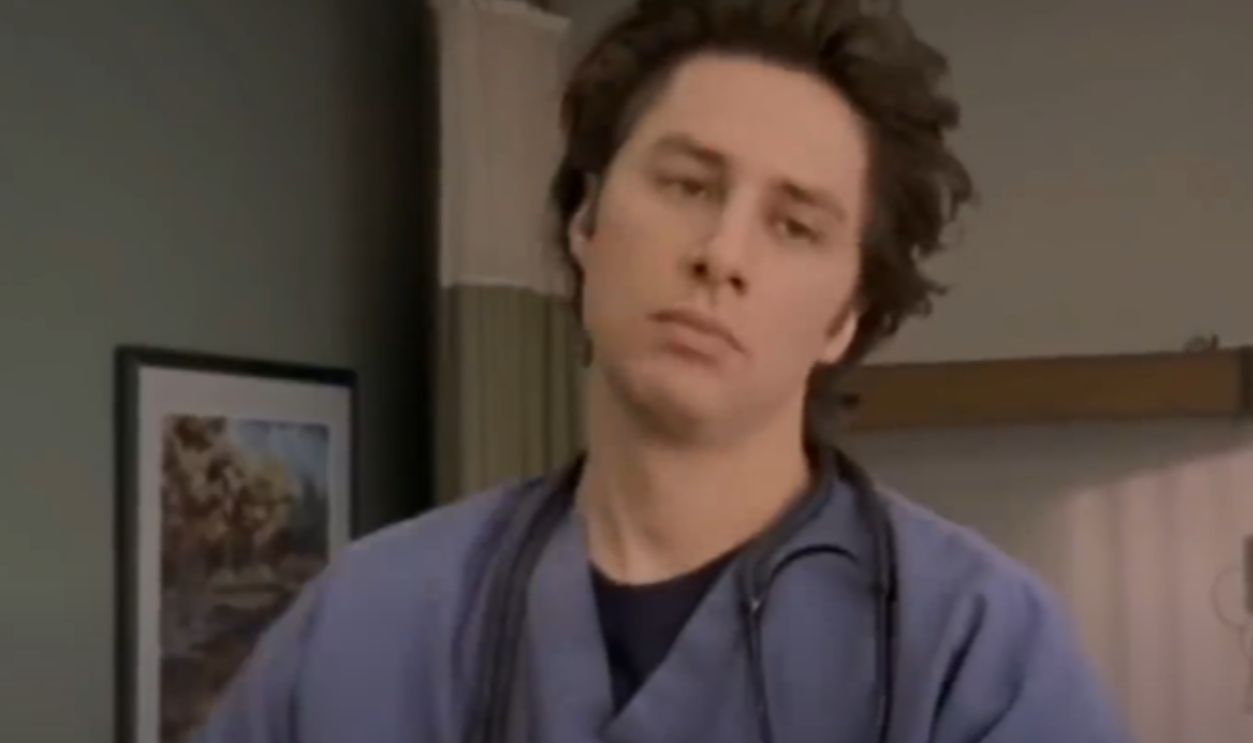 ABC Studios, Scrubs (2001–2010)
ABC Studios, Scrubs (2001–2010)
J D (Cont.)
This guy repeatedly sabotaged her relationships while refusing to commit to his own feelings until it was convenient for him. His friendship with Turk, while touching, often showcased J D's neediness as he couldn't handle Turk's marriage to Carla without making it about his own feelings of abandonment.
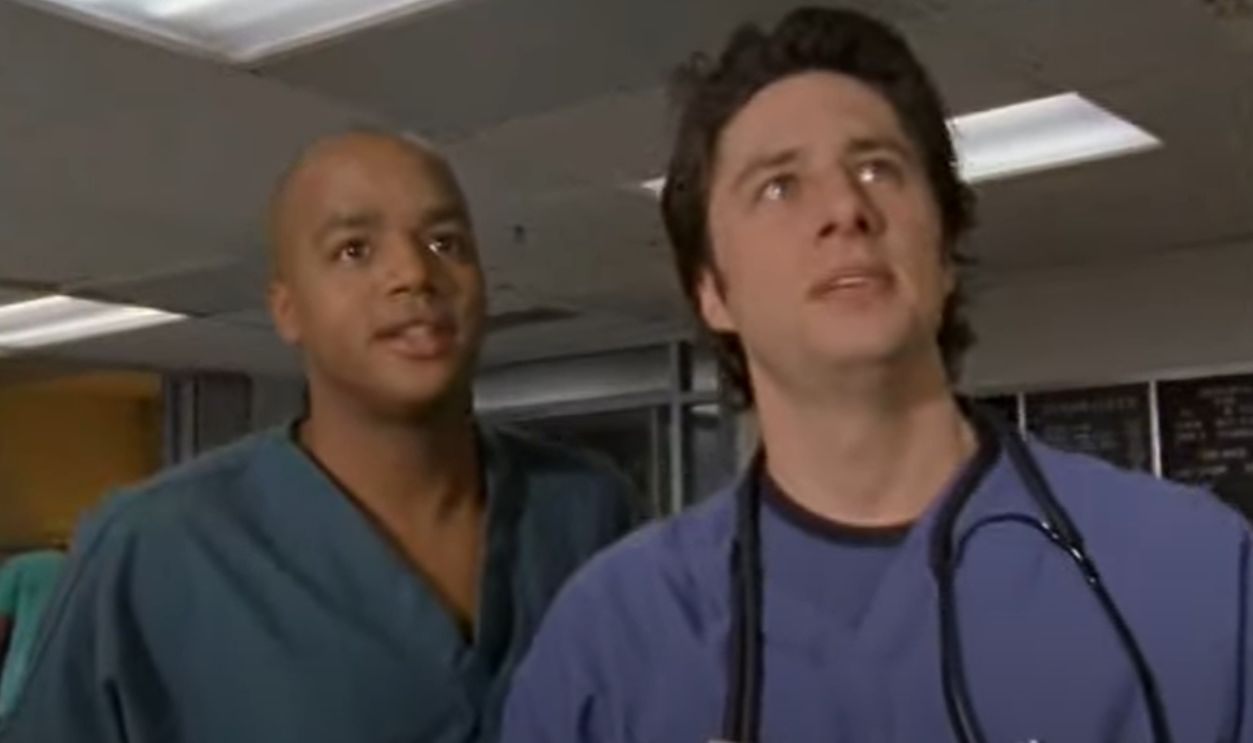 ABC Studios, Scrubs (2001–2010)
ABC Studios, Scrubs (2001–2010)
Don Draper: Mad Men
The Golden Globe-winning performance as Don Draper presented Madison Avenue's creative genius as the center of 1960s masculine cool, but the character's entire existence was built on stolen valor and pathological dishonesty. He literally assumed a dead man's identity during the Korean War.
 AMC Networks, Mad Men (2007–2015)
AMC Networks, Mad Men (2007–2015)
Don Draper (Cont.)
Draper’s creative brilliance at Sterling Cooper (and later Sterling Cooper Draper Pryce) was undeniable; the Kodak Carousel pitch remains one of television's most powerful scenes, demonstrating how he weaponized nostalgia and emotion to sell products. However, he was utterly incapable of honest human connection in his personal life.
 AMC Networks, Mad Men (2007–2015)
AMC Networks, Mad Men (2007–2015)
Tony Stark: Iron Man: Armored Adventures
The animated reimagining of Tony Stark as a teenager in Iron Man: Armored Adventures should have been a fresh take on the character, but instead highlighted how arrogance without consequence makes for insufferable viewing. This version portrayed sixteen-year-old Tony building the Iron Man armor in secret.
 Marvel Animation, Iron Man: Armored Adventures (2008–2012)
Marvel Animation, Iron Man: Armored Adventures (2008–2012)
Tony Stark (Cont.)
His genius-level intellect became an excuse for constant condescension toward friends Rhodey and Pepper, whom he treated more like sidekicks than equals despite their repeated life-saving interventions. The show's action-heavy focus meant Tony's reckless decisions to take on supervillains without backup consistently endangered everyone around him.
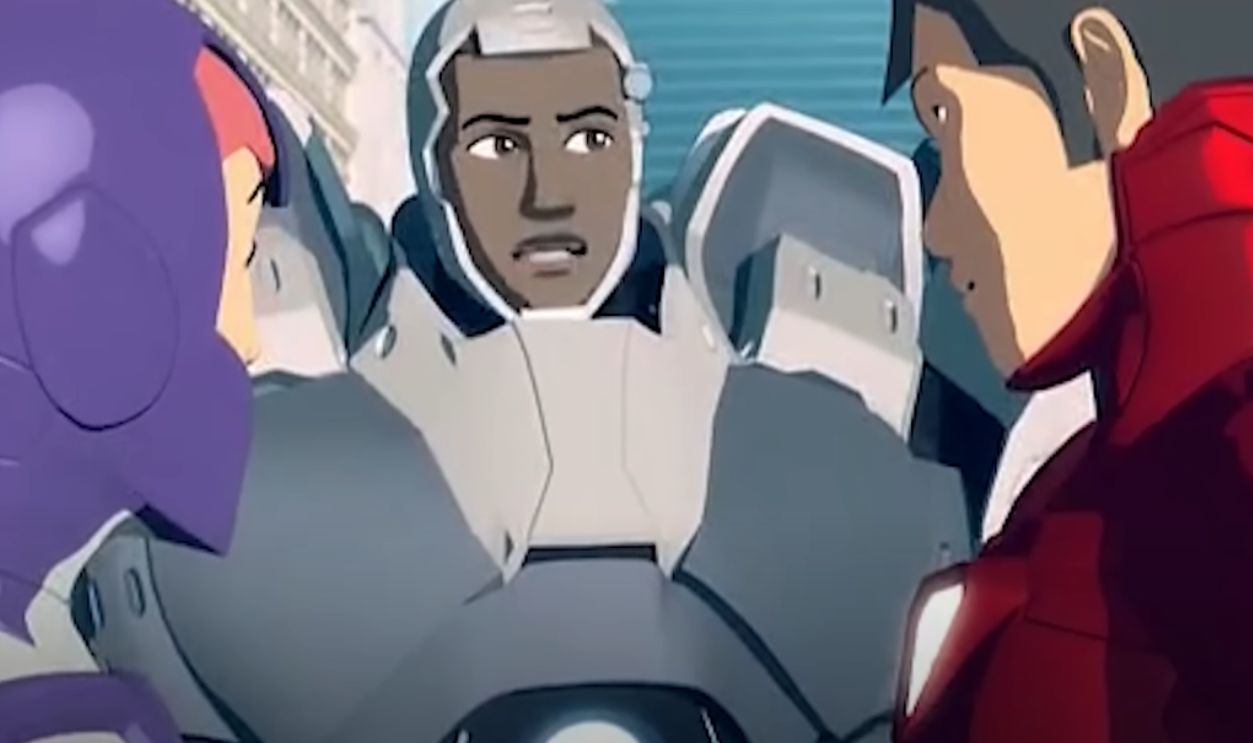 Marvel Animation, Iron Man: Armored Adventures (2008–2012)
Marvel Animation, Iron Man: Armored Adventures (2008–2012)
Zack Morris: Saved By The Bell
Mark-Paul Gosselaar's meticulously bleached hair became as iconic as Zack Morris's manipulation tactics, with the actor later revealing he'd dyed his naturally dark hair blonde throughout the show's run. Remember that oversized Motorola DynaTAC cellular phone, a genuine status symbol in the early 90s?
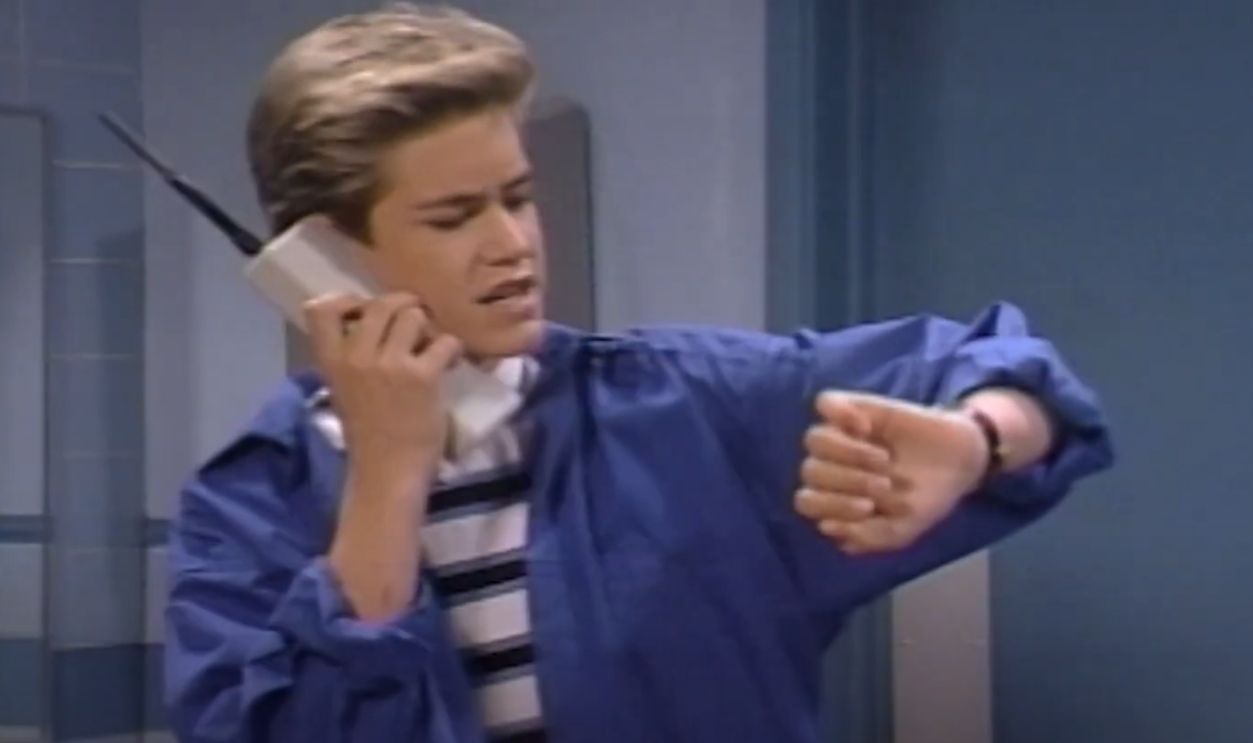 NBCUniversal, Saved by the Bell (1989–1993)
NBCUniversal, Saved by the Bell (1989–1993)
Zack Morris (Cont.)
It served as Zack's scepter of social control at Bayside High, representing both his family's wealth and his ability to scheme from anywhere. Modern retrospectives, particularly the viral "Zack Morris Is Trash" video series, have systematically catalogued his sociopathic behavior: selling subliminal advertising tapes.
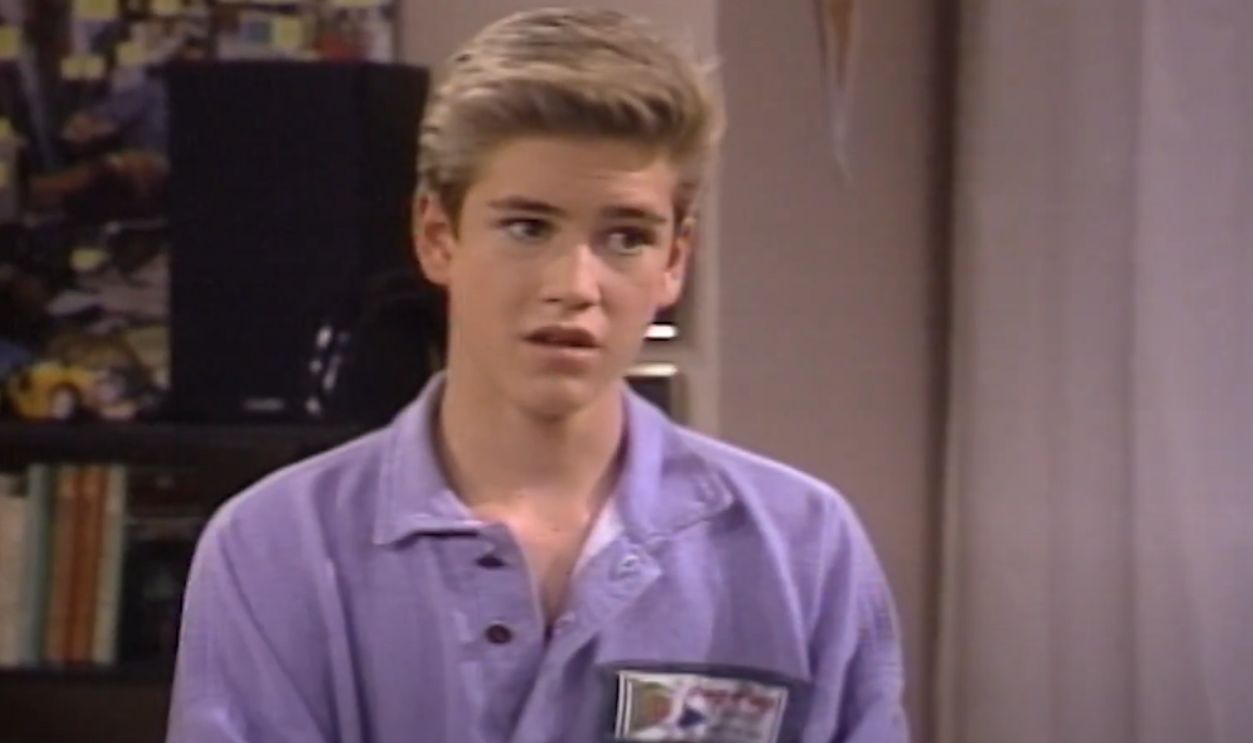 NBCUniversal, Saved by the Bell (1989–1993)
NBCUniversal, Saved by the Bell (1989–1993)
Archie Andrews: Riverdale
Riverdale's transformation of Archie Andrews from wholesome comic book icon into a dark, brooding protagonist somehow made him less interesting rather than more compelling, stripping away charm without adding genuine depth. KJ Apa's portrayal presented a character caught between being a football hero and an aspiring musician.
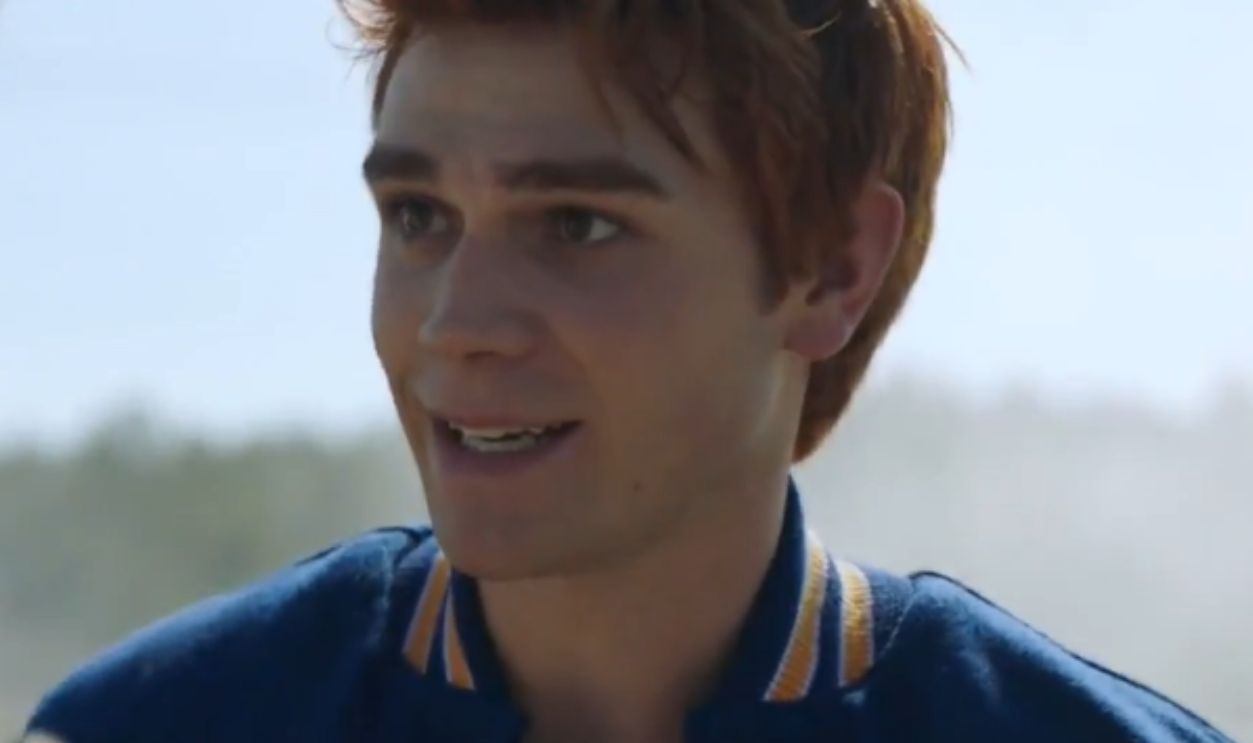 The CW Network, Riverdale (2017–2023)
The CW Network, Riverdale (2017–2023)
Archie Andrews (Cont.)
Neither pursuit felt authentic as his songs were forgettable, his athletic achievements happened off-screen, and his signature letterman jacket became more costume than character trait. The show's first season in 2017 introduced him as the all-American boy-next-door, but subsequent seasons subjected him to increasingly absurd storylines.
 The CW Network, Riverdale (2017–2023)
The CW Network, Riverdale (2017–2023)
Damon Salvatore: The Vampire Diaries
That smoldering performance made audiences overlook a body count and rap sheet that would make most horror movie villains blush, repackaging predatory behavior as seductive bad-boy appeal. The Vampire Diaries introduced him in 2009 as the dark counterpart to his brother Stefan's brooding hero, establishing immediate tension.
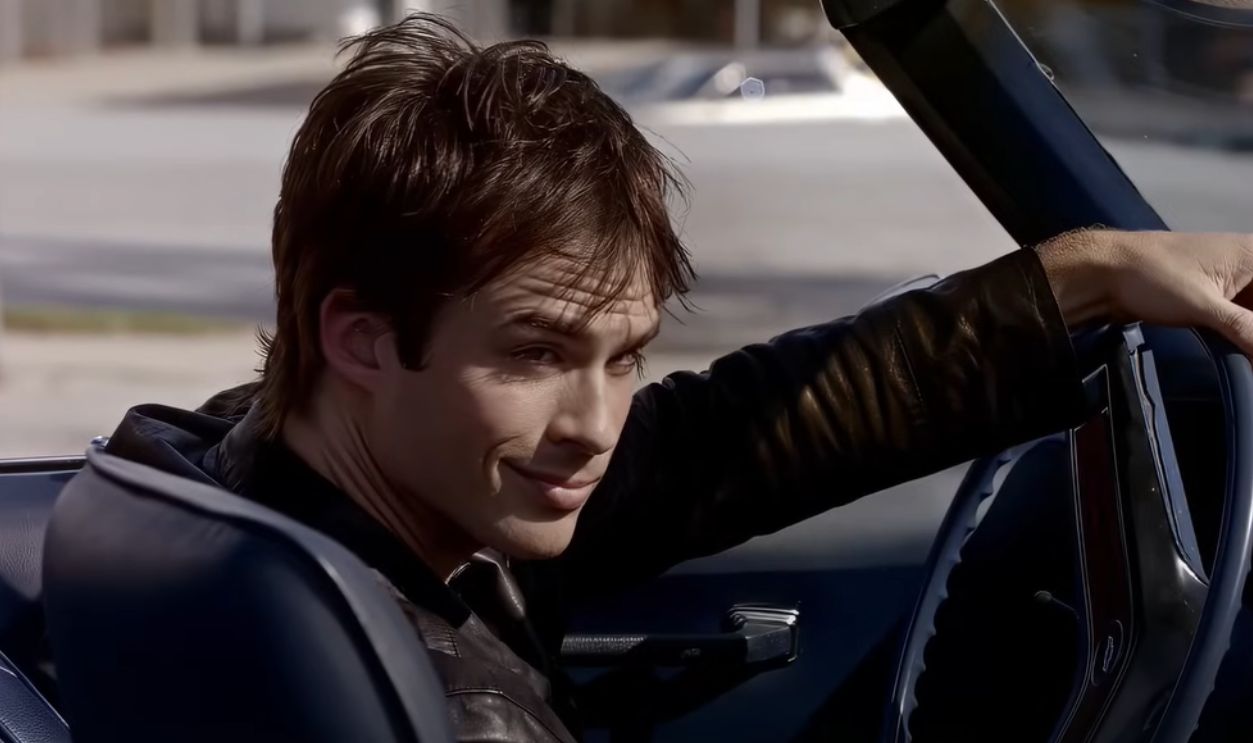 The CW Network, The Vampire Diaries (2009–2017)
The CW Network, The Vampire Diaries (2009–2017)
Damon Salvatore (Cont.)
His signature move of compelling humans to forget his crimes or do his bidding represented a violation of consent so fundamental that it's disturbing how the show romanticized these mind-control encounters, particularly with Caroline Forbes, whom he repeatedly harmed and fed upon in season one.
 The CW Network, The Vampire Diaries (2009–2017)
The CW Network, The Vampire Diaries (2009–2017)


